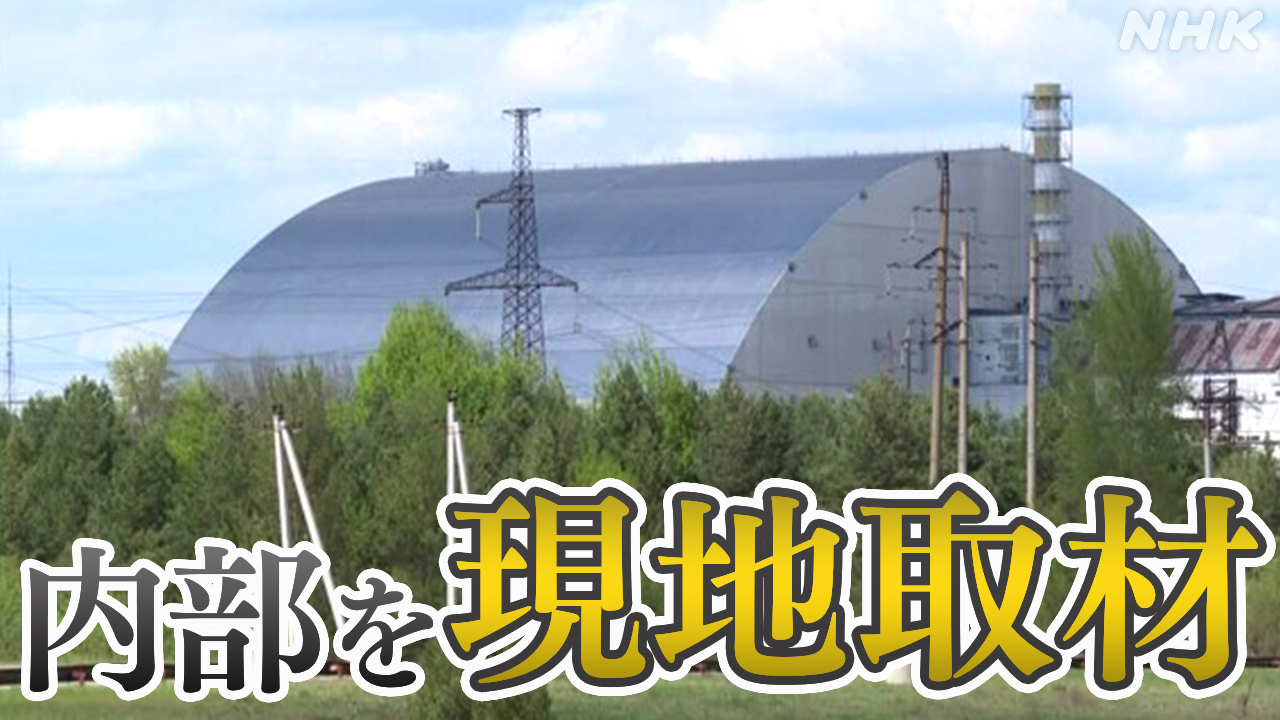Chernobyl Shelter: Assessing the Damage After Attack – A Critical Update
The recent attacks on the Chernobyl Exclusion Zone have raised serious concerns about the structural integrity of the New Safe Confinement (NSC), the massive shelter built over the damaged Chernobyl Nuclear Power Plant reactor. This article provides a comprehensive update on the situation, assessing the reported damage and its potential implications for nuclear safety and environmental protection.
The Attack and its Immediate Aftermath
Reports of shelling and fighting within the Chernobyl Exclusion Zone emerged in late February/early March [insert specific date, cite credible news source]. The exact nature and extent of the damage inflicted on the NSC and other critical infrastructure remain a subject of ongoing investigation, hampered by the ongoing conflict and restricted access. Initial reports suggested damage to infrastructure surrounding the NSC, raising concerns about potential disruption to monitoring systems and the overall security of the site. However, the International Atomic Energy Agency (IAEA) has stressed that the structural integrity of the NSC itself does not appear to have been directly compromised.
Key Concerns Following the Attack:
- Disruption of Monitoring: Damage to power lines and communication infrastructure within the zone has hindered the continuous monitoring of radiation levels. This temporary disruption increases uncertainty about the precise radiological situation.
- Security Risks: The fighting near the site poses a security risk to the NSC and its personnel. Access for essential maintenance and monitoring operations has been severely affected.
- Potential for Long-Term Damage: While the NSC's structural integrity appears intact, the long-term consequences of the attack on ancillary equipment and monitoring systems remain to be fully assessed.
IAEA's Response and Ongoing Investigations
The IAEA has played a crucial role in monitoring the situation, deploying experts to assess the damage and providing crucial information to the international community. They have regularly issued statements emphasizing the importance of maintaining the security and integrity of the Chernobyl site. [Link to IAEA website].
IAEA's Key Findings (as of [insert date]):
- NSC Structural Integrity: The main structure of the New Safe Confinement remains largely intact.
- Radiation Levels: While some fluctuations in radiation levels have been observed, these are currently deemed within manageable parameters. [Cite specific IAEA reports].
- Ongoing Monitoring Challenges: Continued access restrictions and damaged infrastructure continue to hamper comprehensive monitoring and assessment.
Long-Term Implications and Future Actions
The attack on the Chernobyl Exclusion Zone highlights the vulnerability of critical nuclear infrastructure during times of conflict. The long-term implications of the damage extend beyond the immediate radiological concerns.
Key Questions for the Future:
- Repair and Rehabilitation: A detailed assessment of the damage is critical for planning effective repair and rehabilitation efforts. This will require international cooperation and significant funding.
- Enhanced Security Measures: The incident underscores the need for strengthened security measures around the Chernobyl site to prevent future attacks and safeguard the long-term stability of the NSC.
- International Collaboration: Continued international collaboration and information sharing will be crucial for monitoring the situation, coordinating response efforts, and ensuring the long-term safety and security of the Chernobyl site.
Conclusion: The Need for Vigilance
The attack on the Chernobyl shelter serves as a stark reminder of the ongoing dangers associated with the legacy of the Chernobyl disaster. While the NSC's structural integrity appears to have been preserved, the damage to surrounding infrastructure and the disruptions to monitoring have raised significant concerns. Continued monitoring, international cooperation, and investment in security measures are crucial to ensuring the long-term safety and security of the site. The world must remain vigilant in protecting this vital location and mitigating the potential for wider environmental and health consequences.
Call to Action: Stay informed about the latest developments through reliable sources such as the IAEA website and reputable news outlets. Support organizations working to promote nuclear safety and environmental protection.
